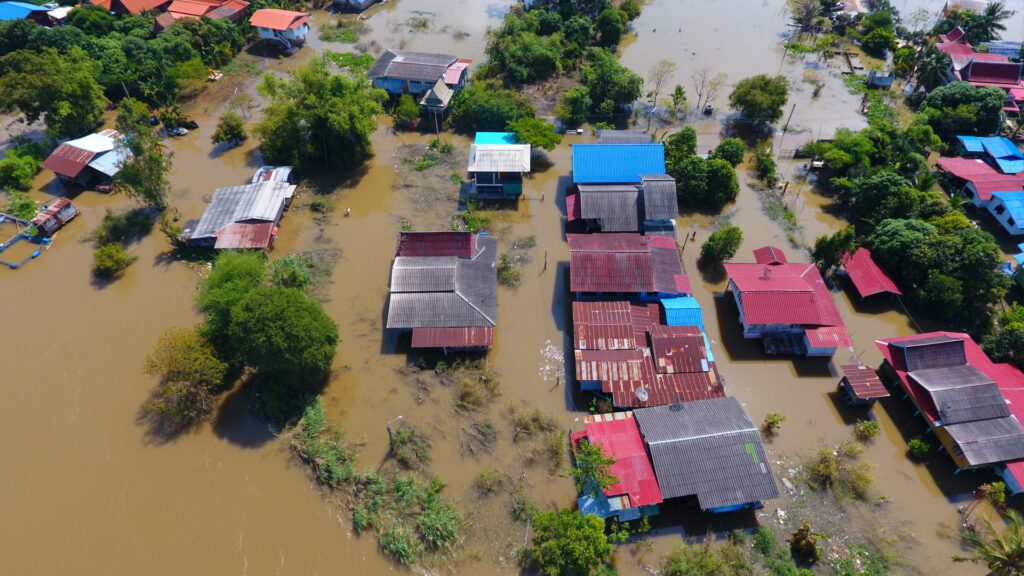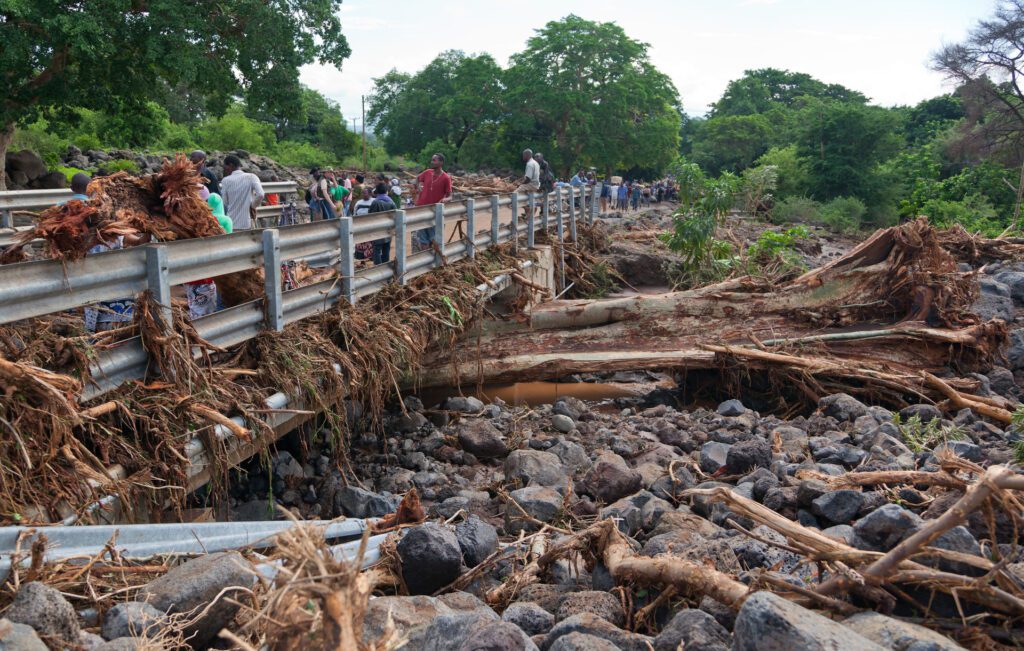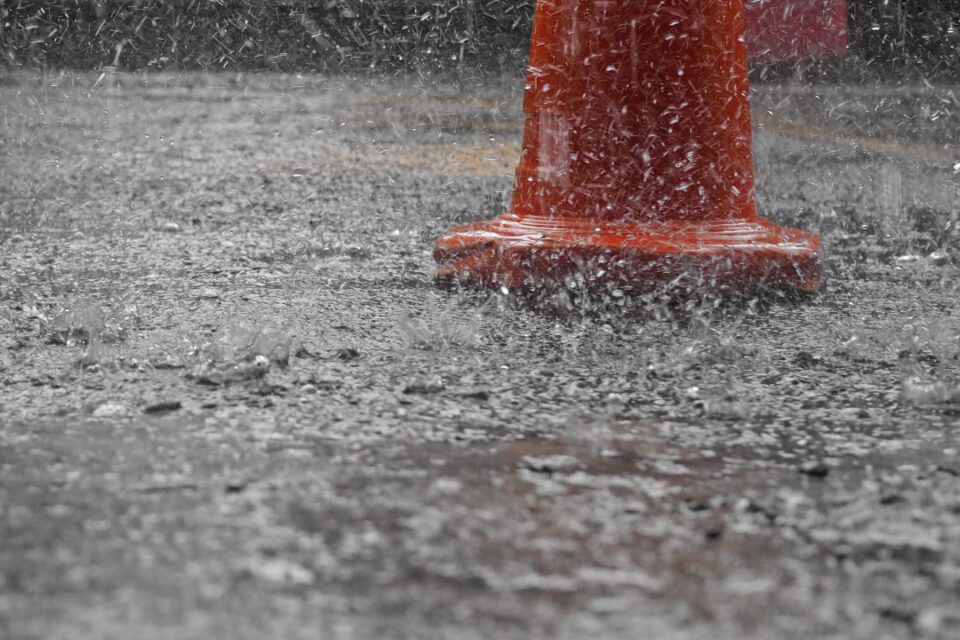David Wallace-Wells recently published an opinion piece in the NYT called “Beyond Catastrophe: A New Climate Reality is Coming into View” (26 Oct 2022).
You may agree or disagree with his thoughts, but it’s an interesting read.
Below some excerpts.
- ‘climate change has led to roughly 1.2 degrees Celsius of warming so far, making the earth hotter now than it has ever been in the long history of civilization
- ‘the window of possible climate futures is narrowing; we are getting a clearer sense of what is coming
- ‘warming this century will most likely fall between two and three degrees (Celsius)
- ‘every place in every part of the world would essentially trade its current climate for a hotter one
- ‘the likeliest futures still lie beyond thresholds long thought disastrous, marking a failure of global efforts to limit warming to “safe” levels
- ‘the worst-case temperature scenarios that recently seemed plausible now look much less so
- ‘the more we are learning about even relatively moderate levels of warming, the harsher and harder to navigate they seem
- ‘weather disasters won’t just be more intense; they will also be more frequent
- ‘the bad news, she says, is that we have been “systematically underestimating the rate and magnitude of extremes”
- ‘warming pushed the world outside the “Goldilocks” climate range that had governed all of human history
- ‘by one estimate, roughly 40 percent of today’s cropland is expected to experience severe drought at least three months a year by 2050 (although the article continues that mass starvation isn’t inevitable because of innovations)
- ‘there could simply be no time to recover, particularly when one climate extreme coincided with another “compounding event”
You get the picture; it’s bleak; a hotter climate with plenty of (very) extreme events.
But Wallace-Wells also mentions:
- ‘humanity retains an enormous amount of control — over just how hot it will get and how much we will do to protect one another through those assaults and disruptions
- ‘we know a lot more now about how much warming to expect, which makes it more possible to engineer a response
- ‘billions of people ‘will suffer’ (sic) well past climate normal but yet mercifully short of true climate collapse
What does it mean for a water resources engineer?
The apparent good news is that Wallace-Wells asserts there is (probably) no inevitable collapse. But we will miss the 1.5-degree target and will have to adapt to new—much harsher—realities. The old ‘climate normal’ that represented the pre-industrial climate conditions has now almost certainly been relegated to history.
I obviously do not have the capacity to assess the full range of implications of this ‘new climate reality’, which are undoubtedly complex, multi-facetted, intertwined, non-linear, and probably touch most aspects of the natural environment and society. Many comments to this NYT article are unsparing in their criticism of the author’s assessment that humanity retains a level of control. I have attached a few—to give you a feeling of this class of comments— at the end of this blog post. They do not paint a pretty picture.
But apocalyptic thinking—maybe justified, maybe not—impedes action. So, let’s assume that we somehow escape the worst. In that case, what are the sensible things to do to adapt to this new climate reality?
“we have been systematically underestimating the rate and magnitude of extremes”
Some options:
- “Just get out of harms’ way”—the floodplain is a highly attractive area but must, whenever possible, no longer be used for residential purposes or critical infrastructure; when important economic assets (towns & cities) cannot be relocated to higher ground, they should be protected very well, for instance with flood defenses that can withstand a 5000-year flood or more. However, most of the floodplain is best used for agricultural purposes or environmental functions only. By explicitly maintaining the floodplain’s natural function—i.e. buffering the flood wave, groundwater replenishment, supporting rich and diverse environmental value, sediment deposition—the focus is shifted from flood prevention (virtually impossible or prohibitively expensive in this new climate reality) to preventing flood damage (for instance by moving valuable activities out of the floodplain). The latter is much easier and cheaper. Further, it will also not create a false sense of security.

- “Slowdown the flow of water”—capture rainfall and streamflow and store it in the landscape or in a distributed set of retention infrastructure of all sizes—at plot, farm, landscape, and catchment scale. It will attenuate the extreme features that likely characterize the new hydrological regime in many places and provide a level of protection from very wet and very dry periods. It is most effective to start at the top of the watershed and create a distributed ‘chain of pond’ system through a combination of soil moisture and groundwater storage, wetlands, water banking in the floodplain, and surface water retention infrastructure, from very small to larger. Nature-based solutions play a principal role in this setup.
- “Prioritize reliable water supply over optimized use of water resources”—in a more volatile climate, which includes more frequent and more severe droughts, establishing extra water storage capacity and keeping these reservoirs full is a sensible strategy. It implies that not all water resources are allocated. Rather, some are kept in reserve implying that some marginal benefits are forfeited. This is not a waste but serves to eliminate (or at least ‘very substantially reduce’) the probability of ‘total system’ failure: large-scale generalized crop loss or collapsing riparian ecosystems. This approach is specifically relevant when the consequences of failure are large and affect the livelihood and safety of people—often the most vulnerable people in society. The keyword is ‘reliable’, not ‘optimal’. Besides, maintaining redundancies reduces the complexities and costs of water resources management.
“do not live on a razor edge”
- “Intentionally built much stronger than needed”—we anticipate more and higher extreme events, but do not know the actual flood levels in the future. Hence it makes sense to just increase the design or safety factor for critical hydraulic structures such as spillways, bridges, and barriers. A good example is the ‘Measlant Kering’—a storm surge barrier to protect Rotterdam harbor built in the 1990ies—which, after the original design process had been completed, was suddenly heightened by a full meter to accommodate possible climate change (back in the 1990ies….). This decision—taken in the design phase—has increased the lifespan of this critical infrastructure element by many decades at a very modest cost, which has long since been paid.

- “Geomorphic design”—carefully consider landforms and drainage patterns when designing infrastructure elements such as roads. The objective is to use the road—or other infrastructure elements and buildings—as a large water harvesting feature. This approach works two ways. One, it slows-down runoff and supports hydrological functions such as flood attenuation, landscape rehydration, and groundwater recharge (if excess water is directed to a recharge area). Two, it vastly reduces maintenance costs because flowing water is a key reason why roads and other infrastructure elements deteriorate.
- “Landscape restoration”—such as reforestation; forest-cover moderates the hydrological cycle, creates micro climates, and generates local rainfall; maintaining groundcover on agricultural lands or range lands has similar functions. Landscape restoration generally starts with soil stabilization using diverse and predominantly small-scale soil-conservation techniques in combination with capturing and storing rainfall; this encourages the cycle of ecological succession in which ‘nature does the work’. Landscape restoration can be combined with regenerative-agriculture or permaculture on marginal lands (hence, for now leaving high-yielding industrial agriculture to highly productive soils in order to get the ‘cheap calories’ that we need for the urban poor).
Many of the above strategies have been discussed in two previous blog posts (WR management guidelines 1 and WR management guidelines 2).
“The world will be what we make it”
The ‘new climate reality’ represents only half of the story. The other half is our response to this harsh and volatile climate. There are still many options if we put apocalyptic thinking aside. As Wallace-Wells reports in his NYT article: “the world will be what we make it” (Kate Marvel, NASA). I will stick to that moto.
In general, it is stability, and thus predictability, that allows effective societies to develop and take root. The single worst consequence of a changing (sic) climate regime is a demand for constant change and adaptation. At such times, the negative impact on human history, forcing withdrawals from settlements, trade routes, and occupations, has been unmistakable. (The Great Maya Droughts, page 14, Richardson Gill)
SELECTED COMMENTS TO THE NYT ARTICLE BY READERS
“While I appreciate the creative approach to discussing an issue as complicated as global warming, this article overlooks a key fact and thereby paints a misleadingly optimistic picture of the likely consequences of what is happening: the collapse of ecosystems because of their inability to adapt fast enough to rapid climate change. The article assumes that parts of the earth will be drier, wetter and hotter, that ecosystems will adapt and that we will be able to do so as well with new technologies. But, growing evidence suggests that ecosystems will not successfully adapt because of the rapid pace of change resulting in catastrophic species loss and ecosystem collapse – the ecosystems on which civilization depends. I am not a “doomer” but the consequences of what we have allowed to happen are far more dire than this article depicts. Given the planetary scale of the problem, I also do not share the author’s confidence and optimism about the ability of new technologies to solve or address the problem.
“We’ve been seeing numerous impacts catching many scientists by surprise with how soon they are occurring. In 2014 two independent teams of scientists reported that the West Antarctic Ice Sheet is likely irreversibly retreating. 3.3 meters of sea level rise equivalent of ice there is being destabilized by a warming ocean.
The paleoclimate record indicates that increasing global temperature by just 1.5-2 °C above preindustrial temperature commits the system to an eventual 6-9 meters of sea level rise, a large fraction of which could arrive within the next 100 years.
Corals may not survive this century of warming and acidifying oceans, and droughts and floods linked to global warming—and conflict linked to those droughts—have already caused four countries to face famine.
Because of the decades to millennial long lag between a climate forcing and our feeling the full effect, due to the thermal inertia of the ocean and response time of the ice sheets, the effects we are feeling now are largely just the beginning of the result of emissions from the 20th century. And emissions have been increasing steadily for decades.
We are also seeing numerous amplifying feedbacks: loss of albedo (heat reflectivity) from ice melt, permafrost melt, methane release and massive wildfires; the Earth is starting to wrest any possible further human control of the climate away.
We’re about out of time on this, if not already, and leaders are still acting as if this is not a planetary emergency.
REFERENCES
Call of the Reed Warbler: A New Agriculture, A New Earth; Charles Massy; 2018
